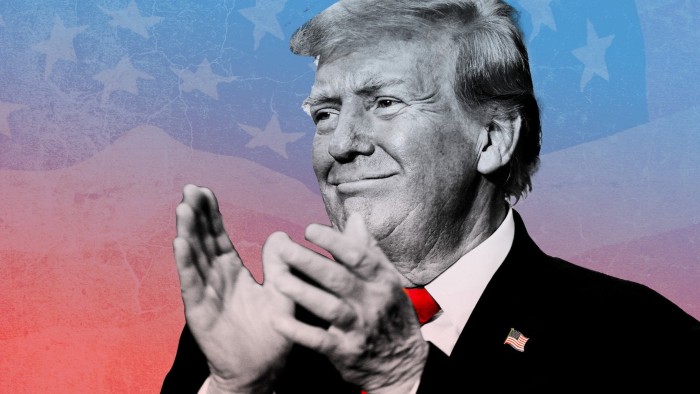The Great American Car Dilemma: Is the Middle Class Being Left Behind?
As the cost of new American cars continues to rise, middle-class families are finding themselves increasingly priced out of the market. This trend raises concerns about accessibility and the future of car ownership for average Americans. What does this mean for the automotive industry and everyday consumers?
The Rising Costs of Car Ownership
Over the past decade, the average price of new vehicles in the United States has surged, reaching approximately $47,000 in 2023, according to data from Kelley Blue Book. This escalation is attributed to several factors, including increased manufacturing costs, supply chain disruptions, and the rising demand for electric vehicles (EVs), which often come with premium price tags.
Manufacturing Costs and Supply Chain Issues
- Raw Material Prices: The prices of essential materials such as steel, aluminum, and lithium have skyrocketed, impacting the overall cost of production.
- Chip Shortages: The global semiconductor shortage has hindered vehicle production, leading to reduced supply and higher prices for consumers.
- Labor Costs: Increasing labor costs, particularly in the wake of the pandemic, have also contributed to the rising expenses manufacturers face.
Middle-Class Struggles
The financial burden of purchasing a new vehicle has become more pronounced for middle-class families, who are now confronted with a choice: either stretch their budgets to afford a new car or forgo ownership altogether. A recent survey revealed that over 40% of middle-class families reported they could no longer afford a new car, leading to a notable increase in the demand for used vehicles.
The Impact on Middle-Class Purchases
- Shift to Used Cars: Families are increasingly turning to the used car market, where prices have also been rising but remain more accessible than new models.
- Alternative Ownership Models: Subscription services and car-sharing platforms are gaining traction as families seek flexible, cost-effective alternatives to traditional ownership.
- Financial Strain: Many families are resorting to loans with extended terms to manage the cost, leading to potential long-term financial instability.
The Future of Car Ownership
As the automotive landscape evolves, the implications for middle-class consumers are profound. With manufacturers pivoting towards electric vehicles and advanced technologies, the financial accessibility of car ownership is under threat. The question arises: will the automotive industry adapt to meet the needs of the middle class, or will it continue to cater to wealthier consumers?
Potential Industry Responses
- Affordable EV Models: Automakers are beginning to invest in lower-cost electric vehicles, which could provide a pathway for middle-class families to transition to more sustainable options.
- Enhanced Financing Options: Companies might offer more competitive financing solutions to ease the burden of upfront costs, making new cars more accessible.
- Investment in Public Transportation: As car ownership becomes less attainable, pressure may mount on policymakers to enhance public transportation options, providing alternative mobility solutions.
Conclusion
The great American car dilemma underscores a significant challenge for middle-class families as they navigate the complexities of car ownership in an ever-evolving market. While the automotive industry faces pressure to adapt, the ultimate resolution lies in a collective effort to ensure that car ownership remains attainable for average Americans. Whether through innovation, policy change, or shifts in consumer behavior, the future of mobility must prioritize accessibility to avoid leaving the middle class behind.
See more CCTV News Daily


